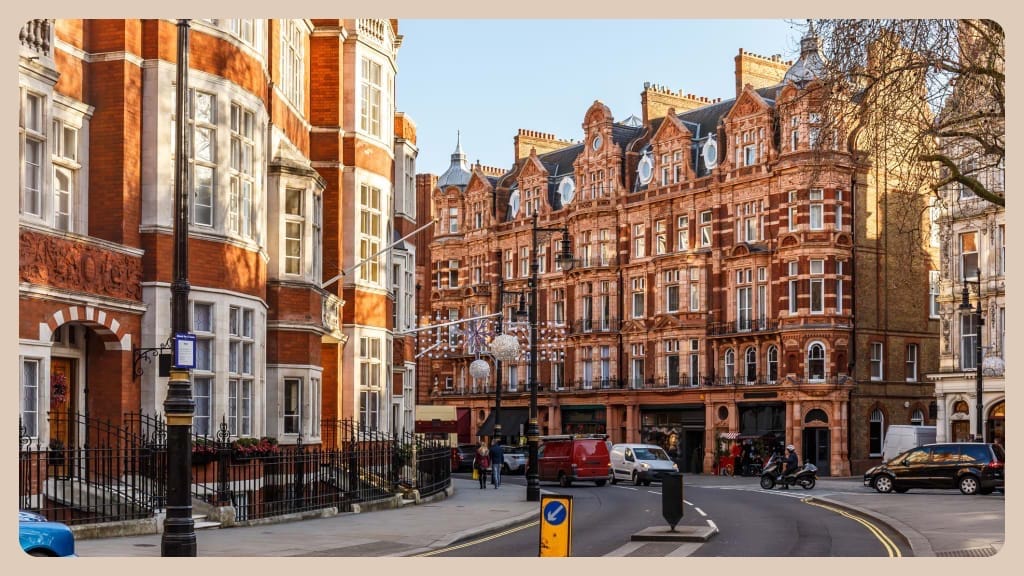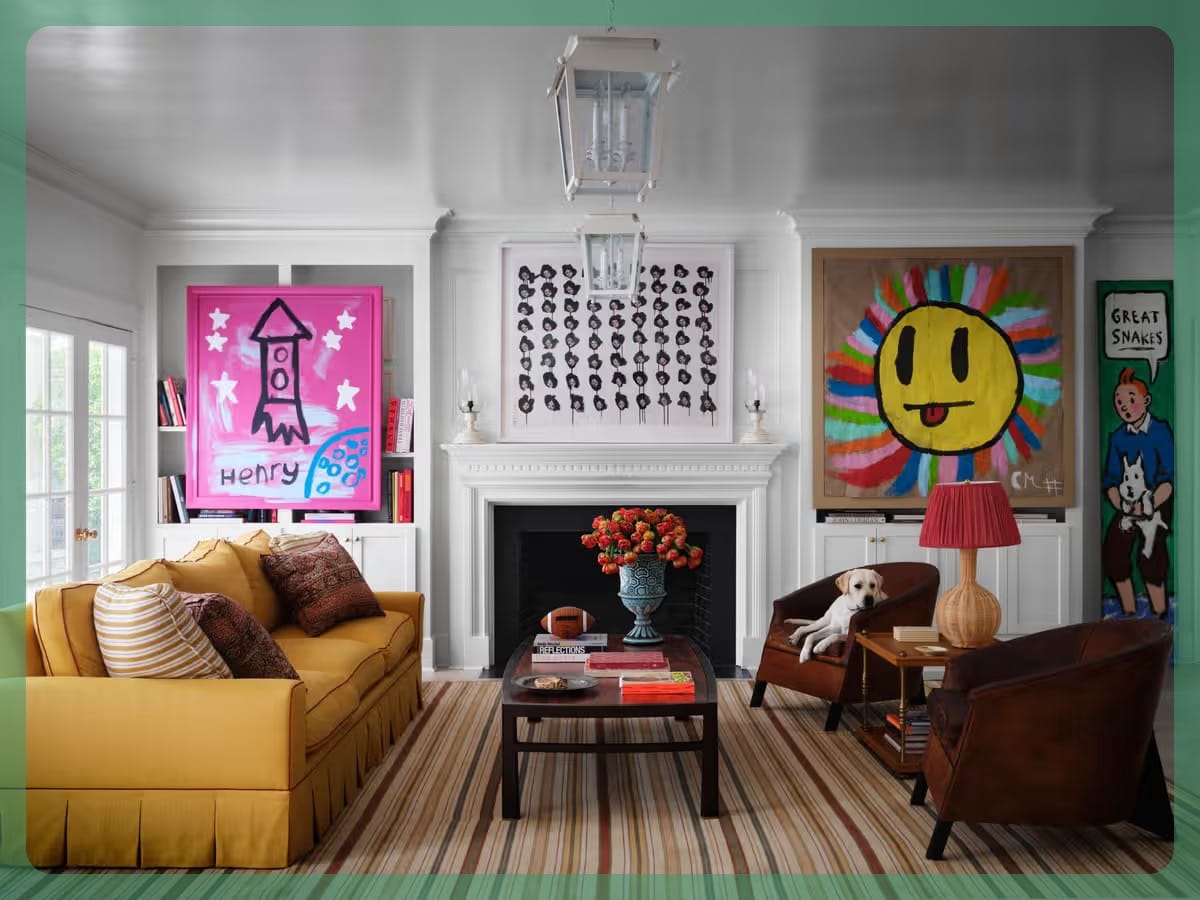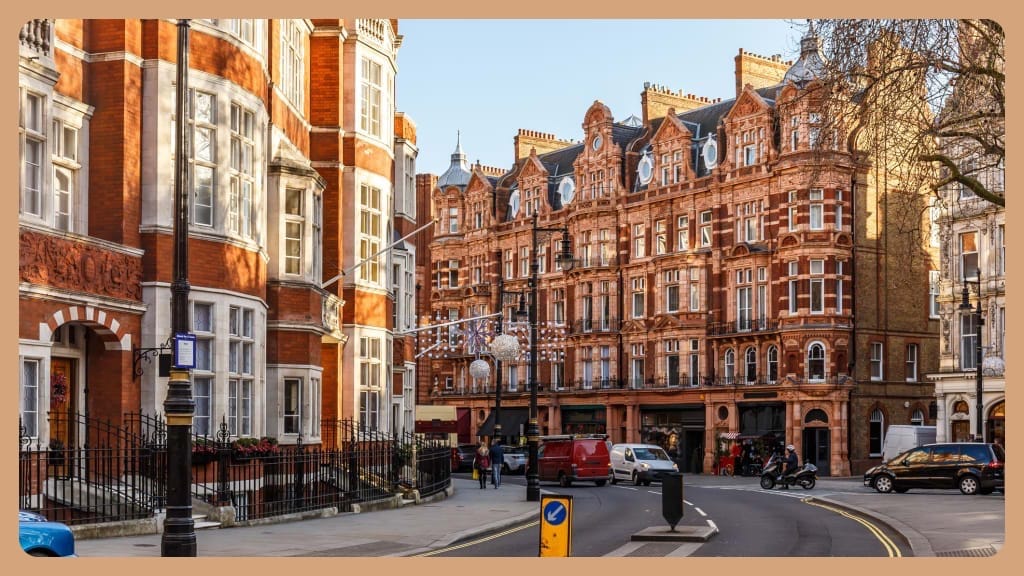What you look at all day becomes what you Build. But is that what people want?

Spend 10 hours a day playing video games, and you'll begin to see the world through its logic.
The place you spend most time in teaches you how the world works. Simple.
There's a story about a tribe in Central America that was doing well and were happy with their lives. Then someone brought in a TV and showed them the other side of the world: how you could have any fruit in any season and conveniences they'd never imagined. Suddenly, people were unhappy with their lives.
Not because a physical change happened, but because of a mental shift.

Architecture in the 1950s looked vastly different. When International Style and Brutalism were introduced, some found them liberating, others didn't. The ones who did spent their days creating it: sketching it, theorising it, defending it. Until it became the new reality of architecture.
It's not easy to bore a hole with a blunt bit, but when the hardware store's closed and you need to hang that expensive painting before guests arrive, you make it work. Even when it takes extra effort.

It wasn't easy to challenge architects who designed with the intricacy of jewelry. But given the urgency of economic conditions, minimalism and brutalism happened anyway.
Spend enough time in rendering software and award galleries, and you'll start believing the only way to do architecture is through parametric facades and impossible cantilevers. It's largely formal gymnastics optimised for the algorithm.
Students obsess over portfolio aesthetics, rarely thinking about how a building performs on the street over decades. Not the SketchUp street. The lived one.
When we train the next generation to create spaces that win awards, we're mostly teaching them to optimise for the photograph, not the experience. Just because super contemporary architecture wins Pritzkers doesn't mean it's loved. It might be impressive, but it rarely says "welcome home."

The buildings people actually love? The ones they spend weekends restoring, the ones they pay premiums to live near. They weren't designed for awards. They were designed for living.
That's why you'd choose a neighbourhood of brownstones over a forest of glass towers for your morning walks.
Classical architecture might not be practical. It's almost never economical. But your instinctive mind (the one operating on longer timelines) says yes anyway.
That's the architecture people choose to live with, even when it makes no financial sense. :)

